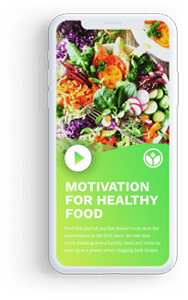Heal Your Inner Child
For lasting and consistent weight loss results
10-MINUTE READ
First, let me ask you something…
Does this sound familiar?
- You Indulge in lifestyle habits that you know are not healthy for you, but can’t seem to stop?
- You self-sabotage when you start making progress or reach a goal?
- Respond or react in a way that you regret later?
- You want to change, eat healthier, move the body or exercise more but never seem to stick to anything or make yourself start?
If you answered yes to any or all these questions you may need to have a chat with your inner child.
What Is My Inner Child and What Does That Have To Do With Weight Loss?
The inner child is the part of our mind that stores all the emotional experiences from childhood, generally between the age of 5 and 12.
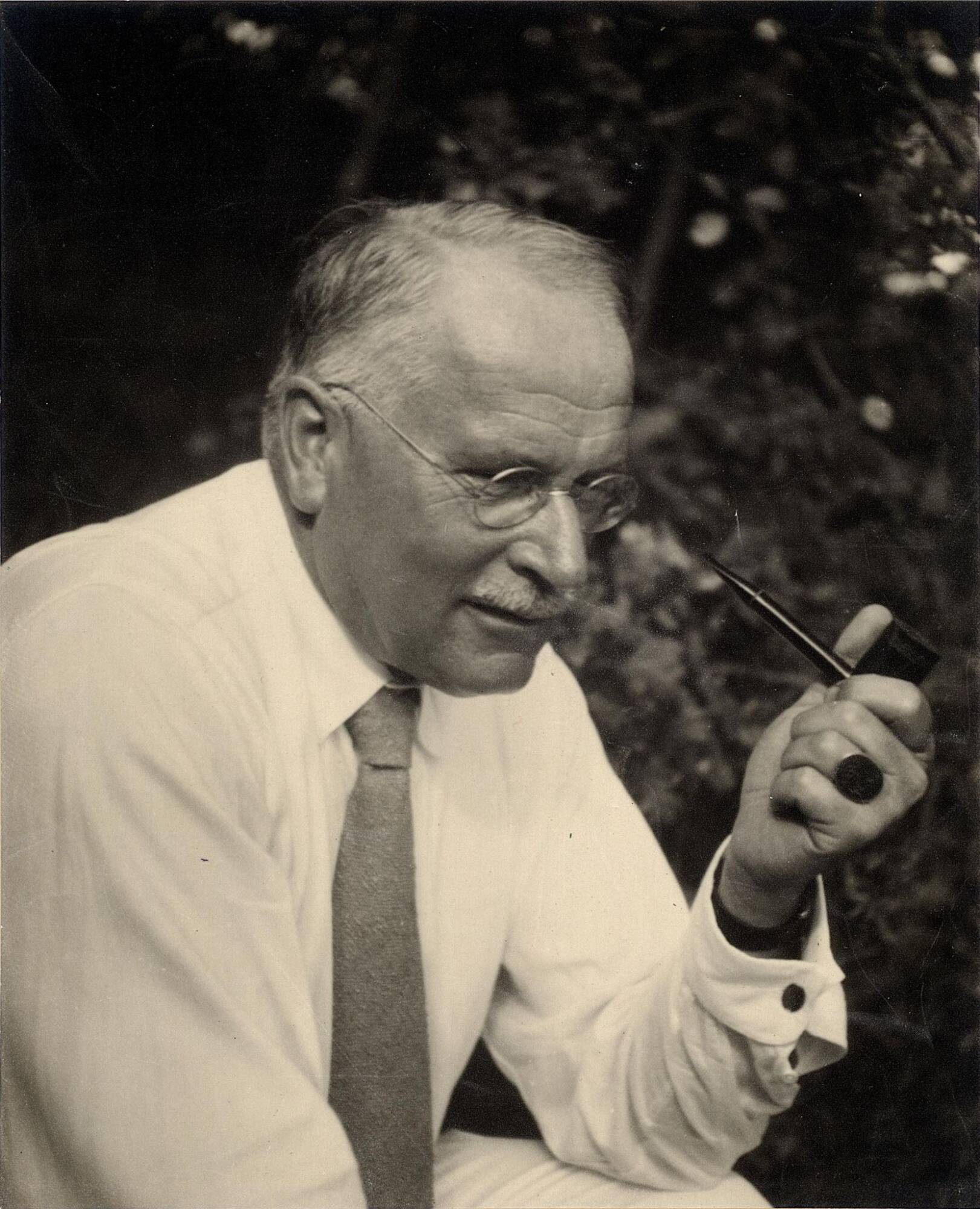
The inner child can be seen as a ‘subpersonality’, a part of your character or mind that may take over your reactions and responses when you are faced with a challenge, or at other times makes your unconscious choices.
The inner child reflects the child we once were in both our ‘negative’ and ‘positive’ aspects.
In some circumstances, you are unconsciously experiencing parts of your adulthood through the eyes and emotional and developmental level of the child at the age you were wounded.
Once you are aware of these wounds you will see patterns that have played out throughout your life in relationships, affecting the choices you make with things like;
- Eating habits,
- Unhealthy habits,
- Relationships; partner choices and friendships,
- Emotional responses,
- Drinking,
- Drugs,
- Choices in your career,
- And may even influence how you raise children.
The inner child is a child-like aspect of our unconscious mind
The Inner Child Is Emotions
Just like a child, the inner child is innocent, tender, and emotional, it’s all about feelings and your primal needs.
The inner child is:
- Vulnerable and innocent
- Deep feeling and sensitive
- Curious, creative and playful
- Craves love, recognition, and validation
- Desires connection and safety
- Open-minded
- Total in expression – be it anger, sadness, joy
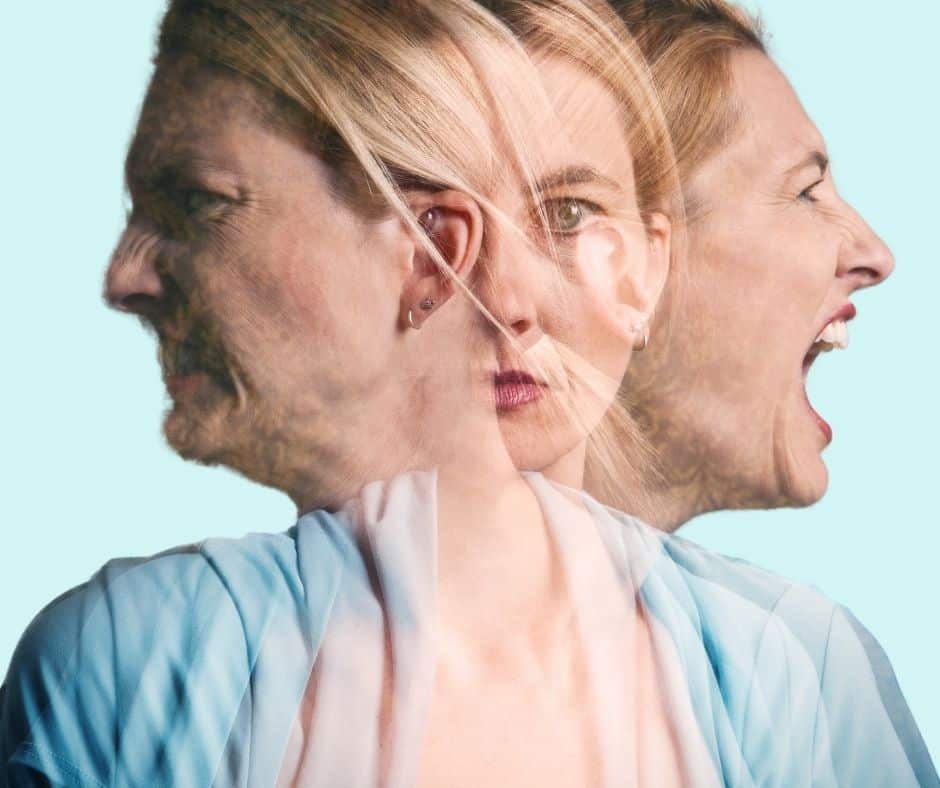
How was the inner child formed?
During the child’s period of growth, the child is in an altered state of consciousness called Egocentric and not emotionally developed.
What that means is the child believes everything is about the self, because they don’t understand mature or adult concepts, or daily life challenges of adults or parents and therefore may take on being the reason why anything negative is happening around them. For Example; family dysfunction, parental neglect, hurtful words or actions, parents arguing etc.
The wounded inner child
The wounded child is developing in moments of repeated dysfunction and forms what we call the wounded inner child and maybe the cause of why you are;
- Overweight,
- Struggle with food,
- Negative self-talk,
- Emotional eating,
- Overeating,
- Snacking,
- Anxiety,
- Depression
- or anything else that is currently negatively impacting your life.
See how it works with our grumpy dad example…
Grumpy dad Example
Maybe dad would always come home from work grumpy because he hates his job or his boss is an ass hat, or maybe his coworkers are ass hats. The child sees this moment of grumpy dad through egocentric eyes and makes dad’s grumpiness about them.
IN THE CHILD’S MIND:
- Dad doesn’t love me,
- I’m not worthy,
- why does he always yell at me,
- why do I get in trouble for their grumpy day,
- it’s not my fault etc.
Each time dad comes home grumpy the child repeats the; I’m not loved, feels unworthy of love etc. story in their mind over and over which essentially is training the brain on how to respond to a grumpy loved one and sets an unconscious response to these situations and files it away in your mind.
- A deep-seated belief that you are broken.
- Fear of abandonment and loss of love.
- Insecure and low self-esteem.
- Loss of self to gain approval from others.
- Fearful of setting boundaries or saying “no”.
- Seeking instant gratification through substances, shopping, distraction, and procrastination.
The outer child
The outer child is a defence mechanism and was formed while trying to help ourselves but at a time when we are not emotionally developed or older enough to have better solutions.
“The Outer Child is responsible for self-defeating behaviours, and self-sabotage”
Where emotion is the inner child, the choices and responses to those emotions are the outer child. In the example above the outer child, might respond to grumpy dad by storming off in a huff or sulking in their room.
The outer child is the behaviour and action part of us and mainly develops in moments like abandonment. The outer child can be helpful or not helpful. It is your energy and motivation. It’s the reward wanting part, it helps you survive and find ways to look after yourself.
“The outer child responds to the inner child and can over-protect by acting out.”
Grumpy dad Example continued
The following is how grumpy dad example may translate to adulthood.
Your partner comes home from work grumpy, your childhood wound says, “Hey this is familiar, I know this same story”. Your unconscious goes to the filing cabinet in your brain and finds the response for ‘grumpy loved one’ and the story repeats: The inner child says” they don’t love me, I’m not worthy, why are they always mad at me, it’s not my fault, why am I suffering for your day” The outer child takes action to protect you: check out, walk away, go in another room and the inner child sulks”.
- Self-defeating behaviours
- Loss of control over behaviour and reactions
- Un Controlled in the expression of anger
- Impatient and impulsive
- Self-centred and focused on having needs met
- Sabotages your inner growth and fights change
- Over-protects inner child by pushing love away
It’s important to love and accept your outer child and also accept that maybe some of its methods of ‘helping us’ may be outdated.
Integrated adult
The integrated adult is when we have learnt to have a healthy dialogue between the inner-child and adult self.
We are aware when the inner child is trying to run the show, and when the outer child wants to control our behaviour and works with all these childlike parts to find a solution that resolves the issue for all parts of us.
Example:
The inner child feels bored and is uncomfortable with being in that boredom.
The Outer child resolves the boredom by eating. Distracting or self-destructive behaviour.
The adult is ok with being bored, doesn’t feel the need to fill every moment, enjoys the downtime and will find healthy and positive things to do to resolve boredom.
The integrated Adult Traits:
- Connected to body sensations and emotions.
- Can identify and clearly communicate emotions.
- Able to identify needs and make requests without anger or over-reaction.
- Remains true to self even in conflict or high stress
- Self-honouring and able to set boundaries.
- Gives space for the inner child to have big feelings without shutting them down.
- Practices self-love and self-care.
mother wounds
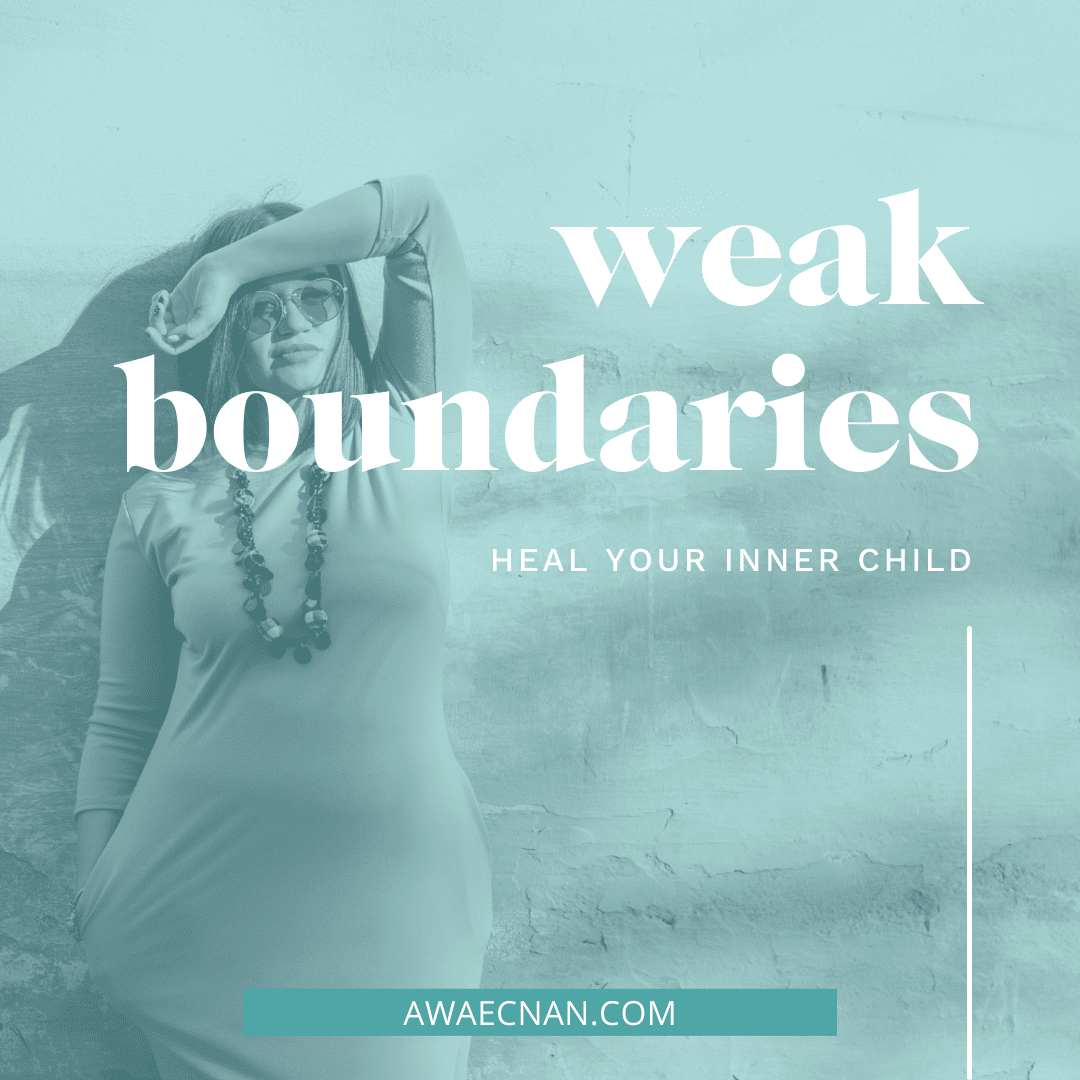
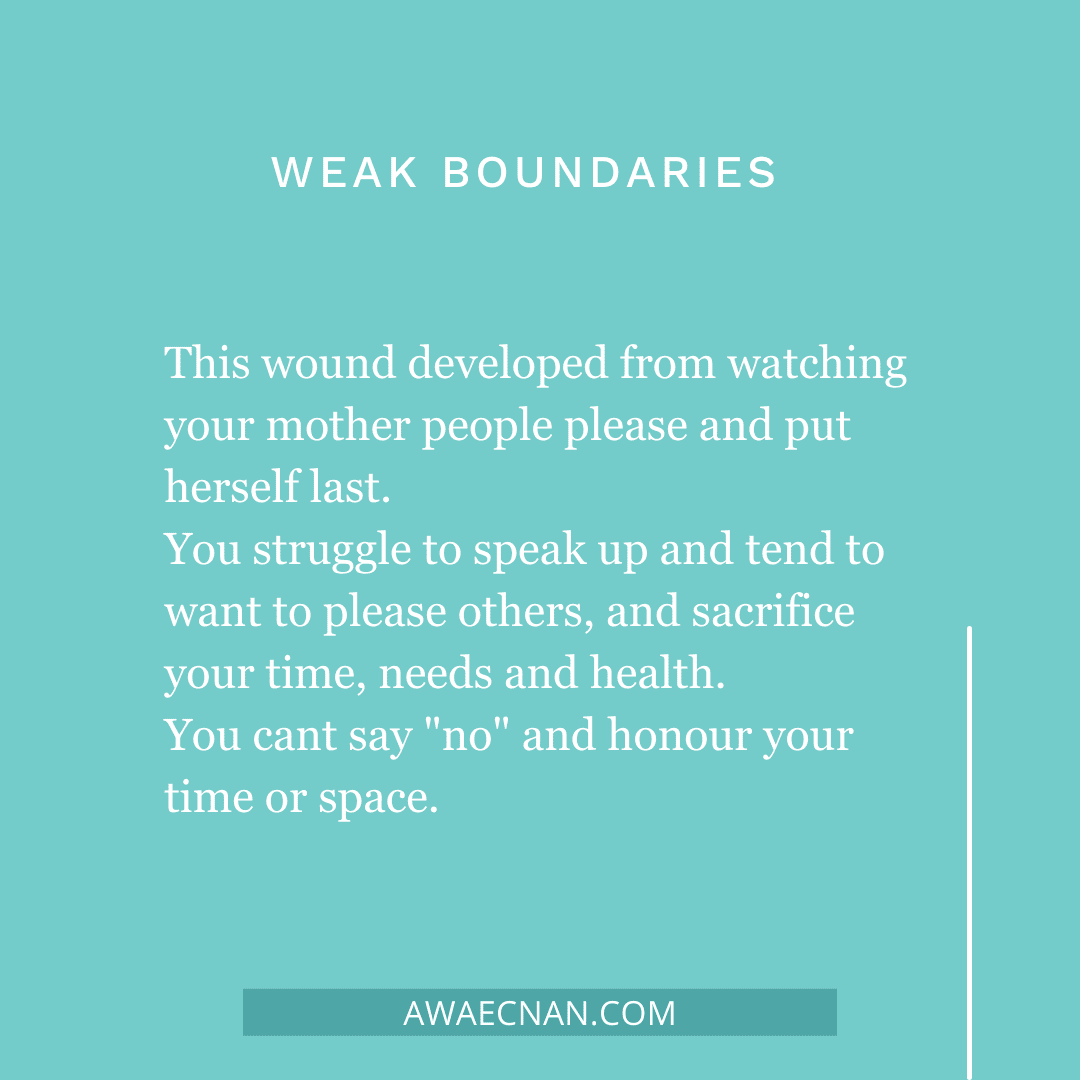
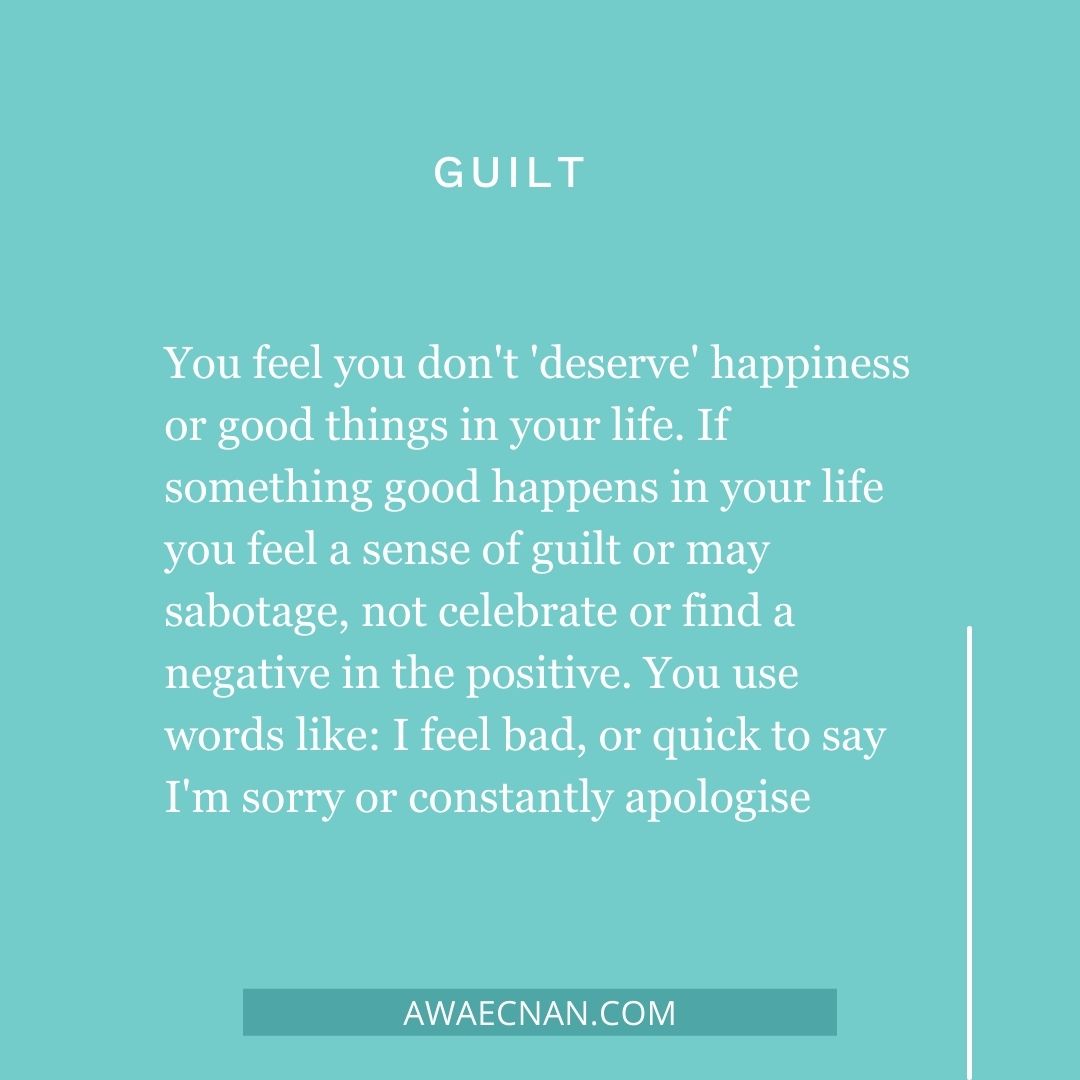
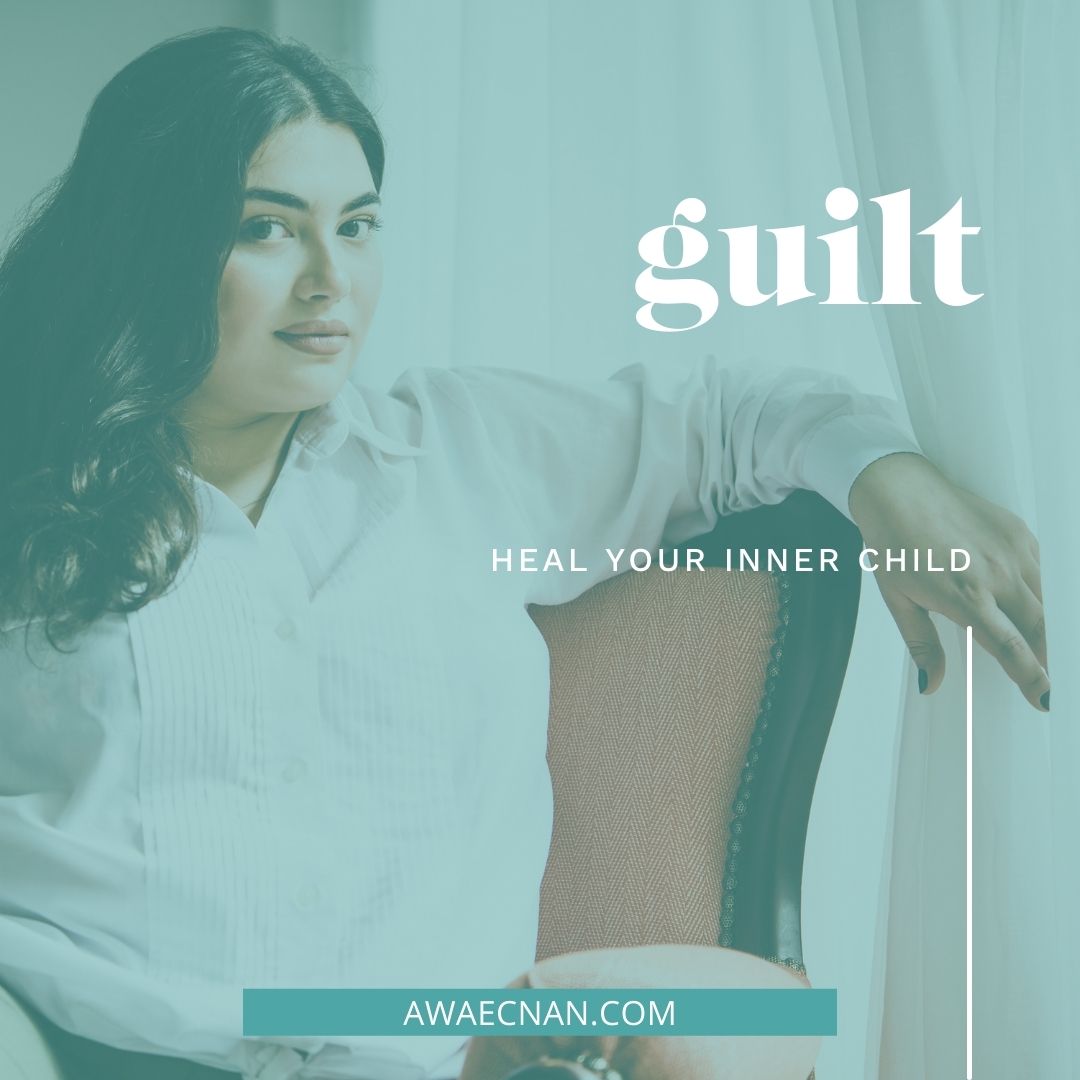
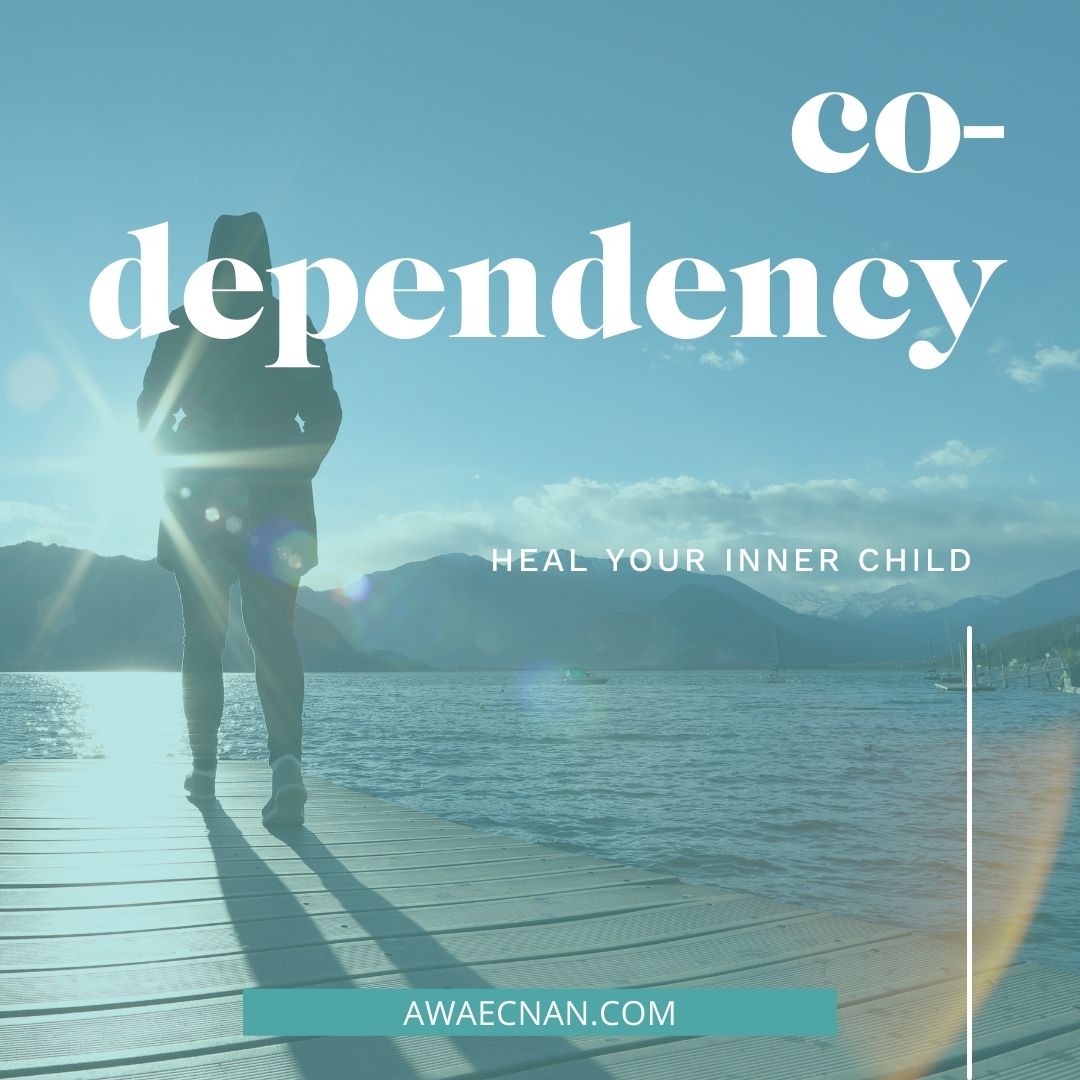
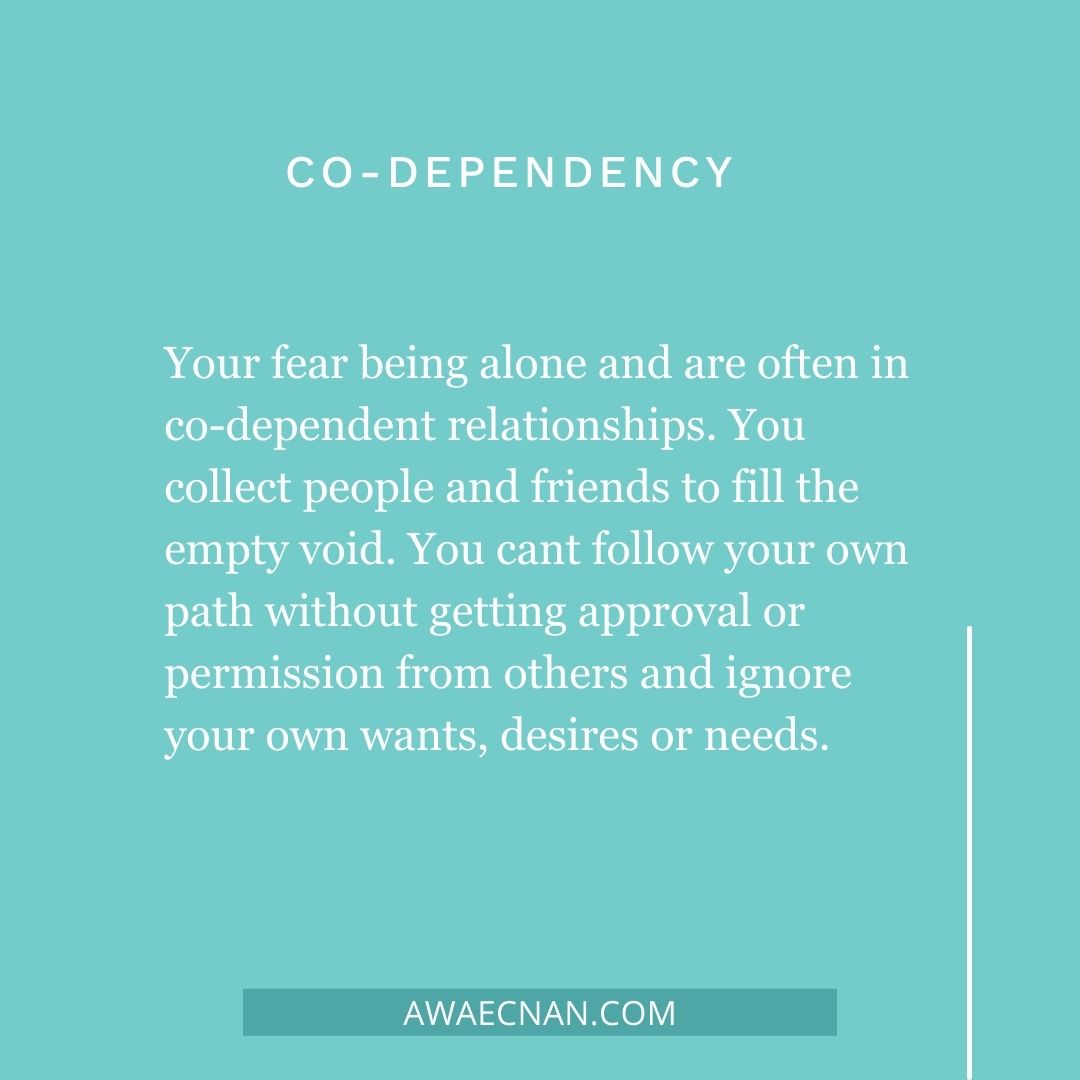
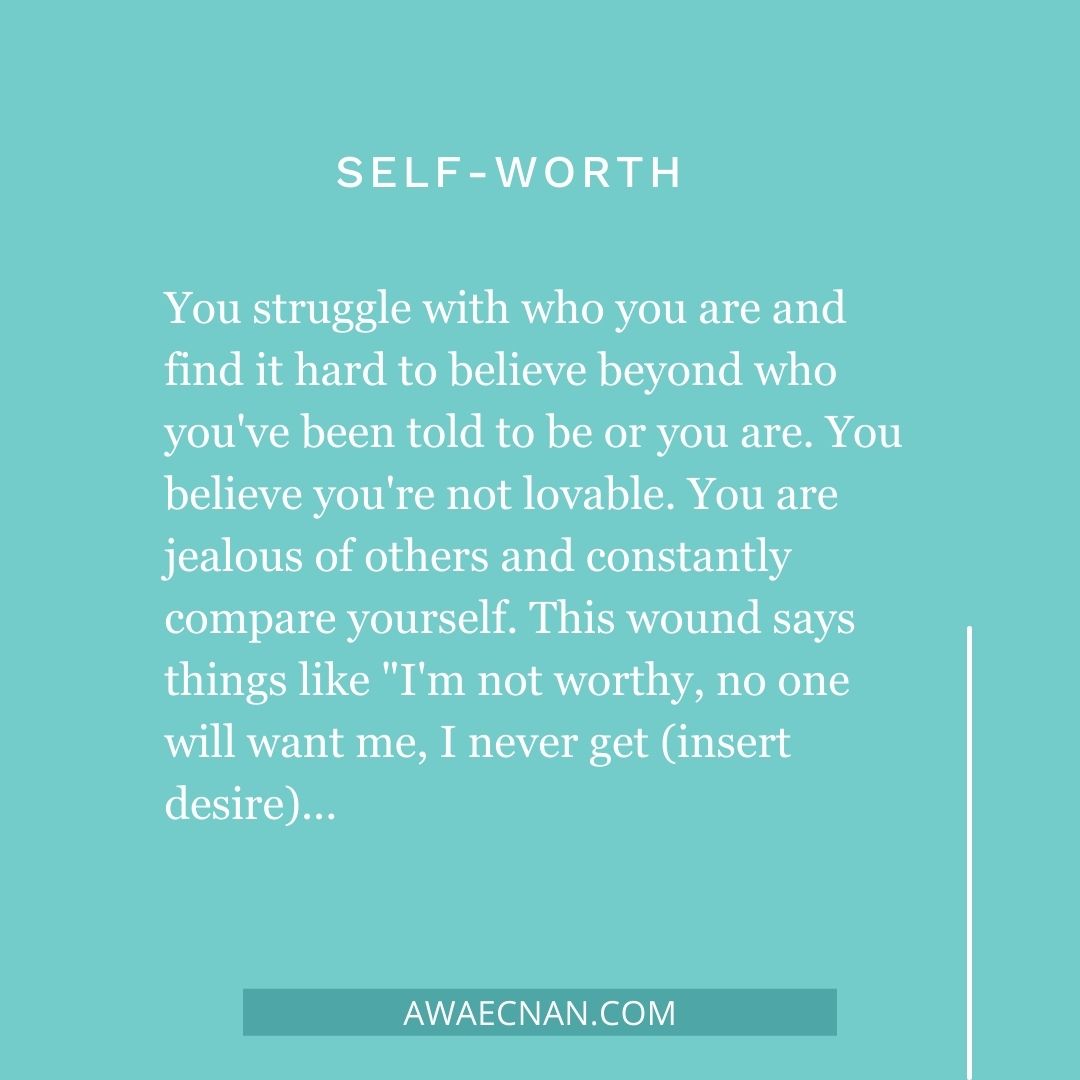
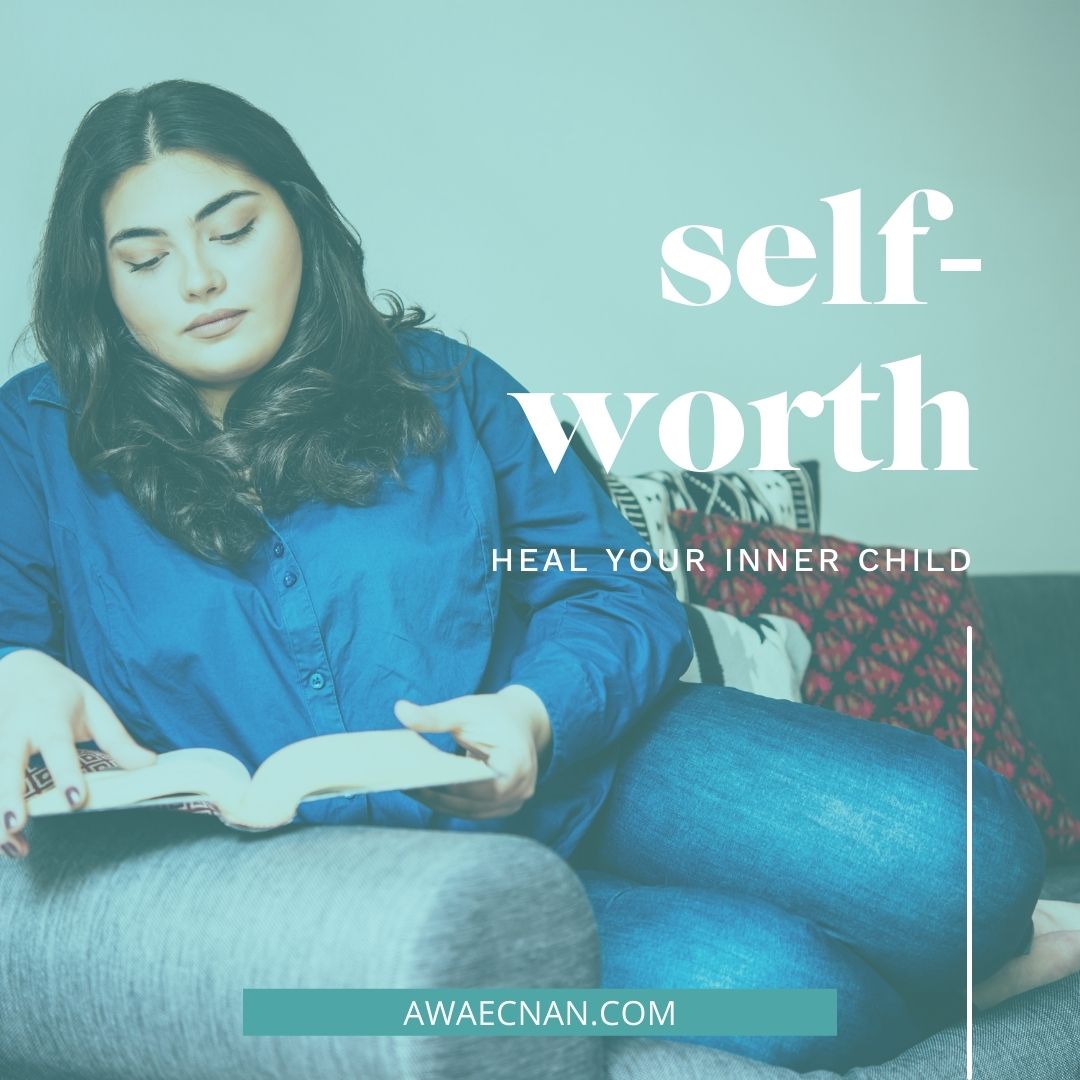
father wounds
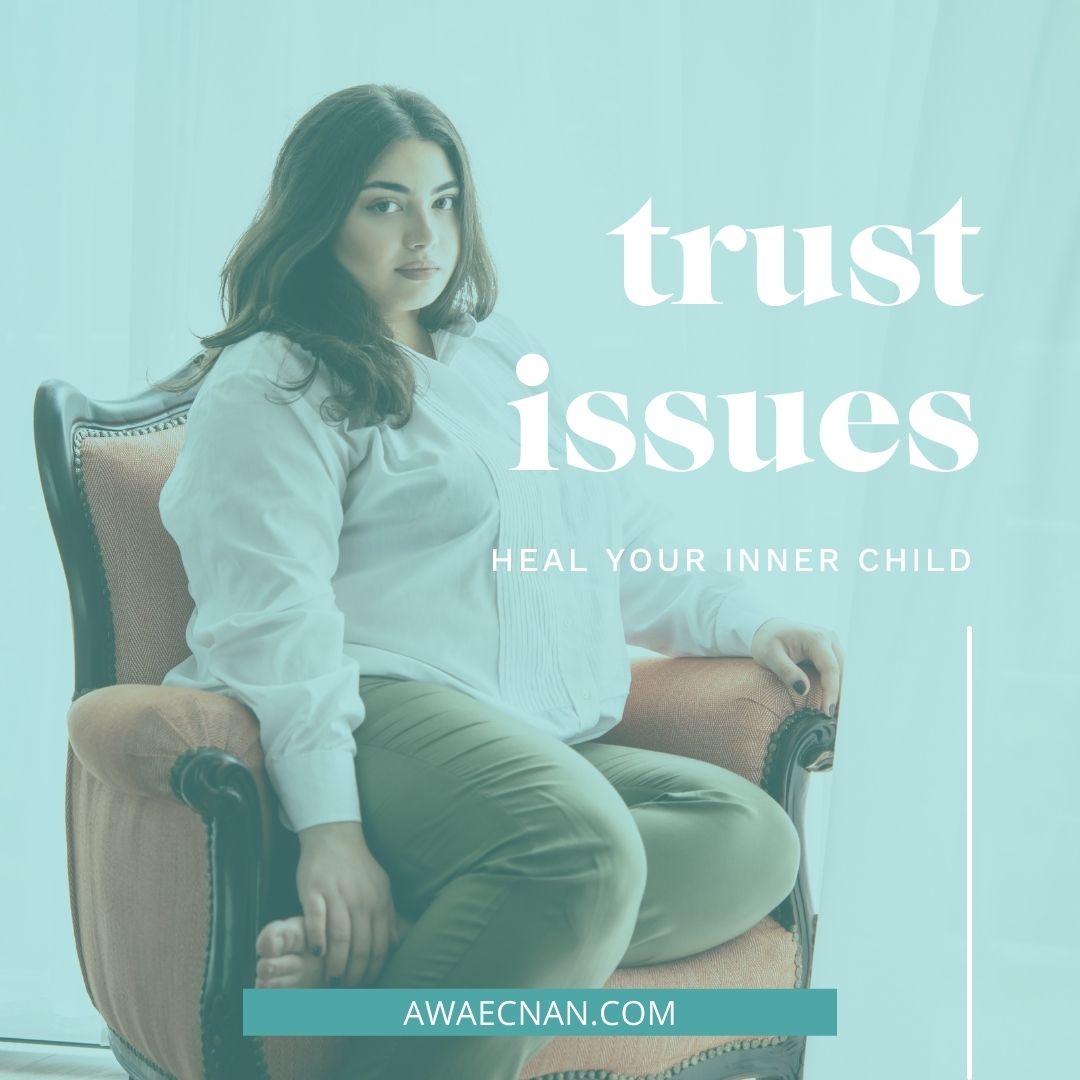
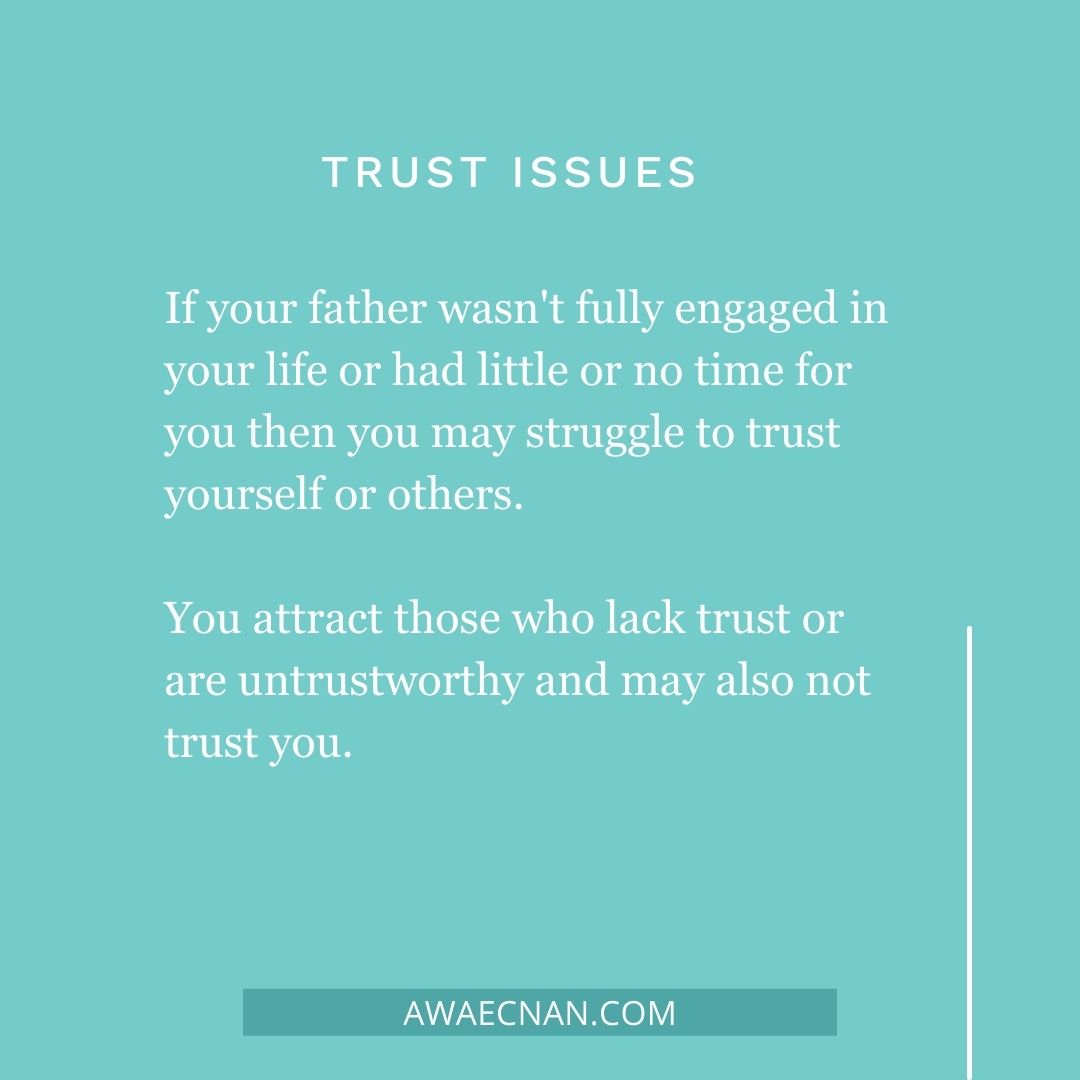
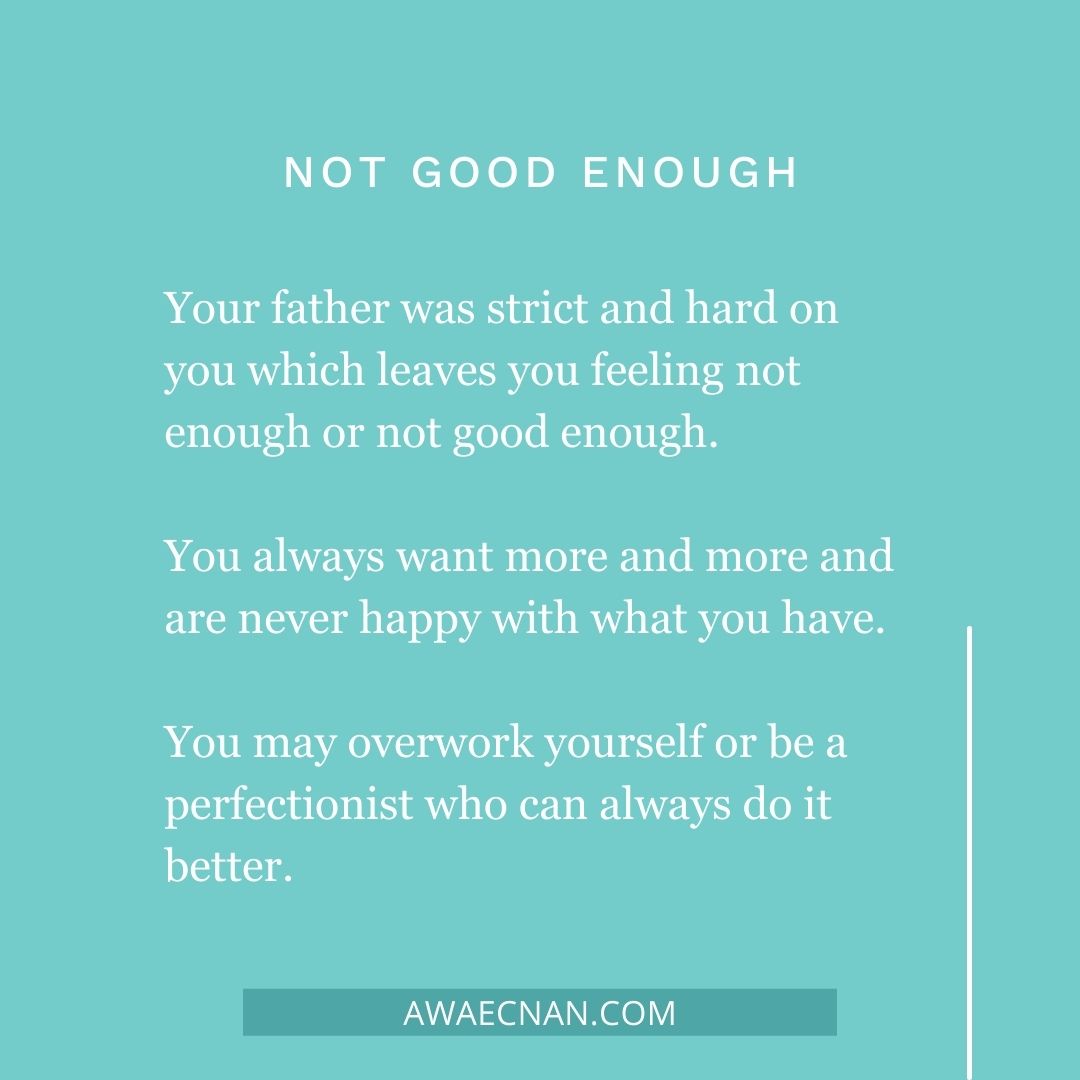

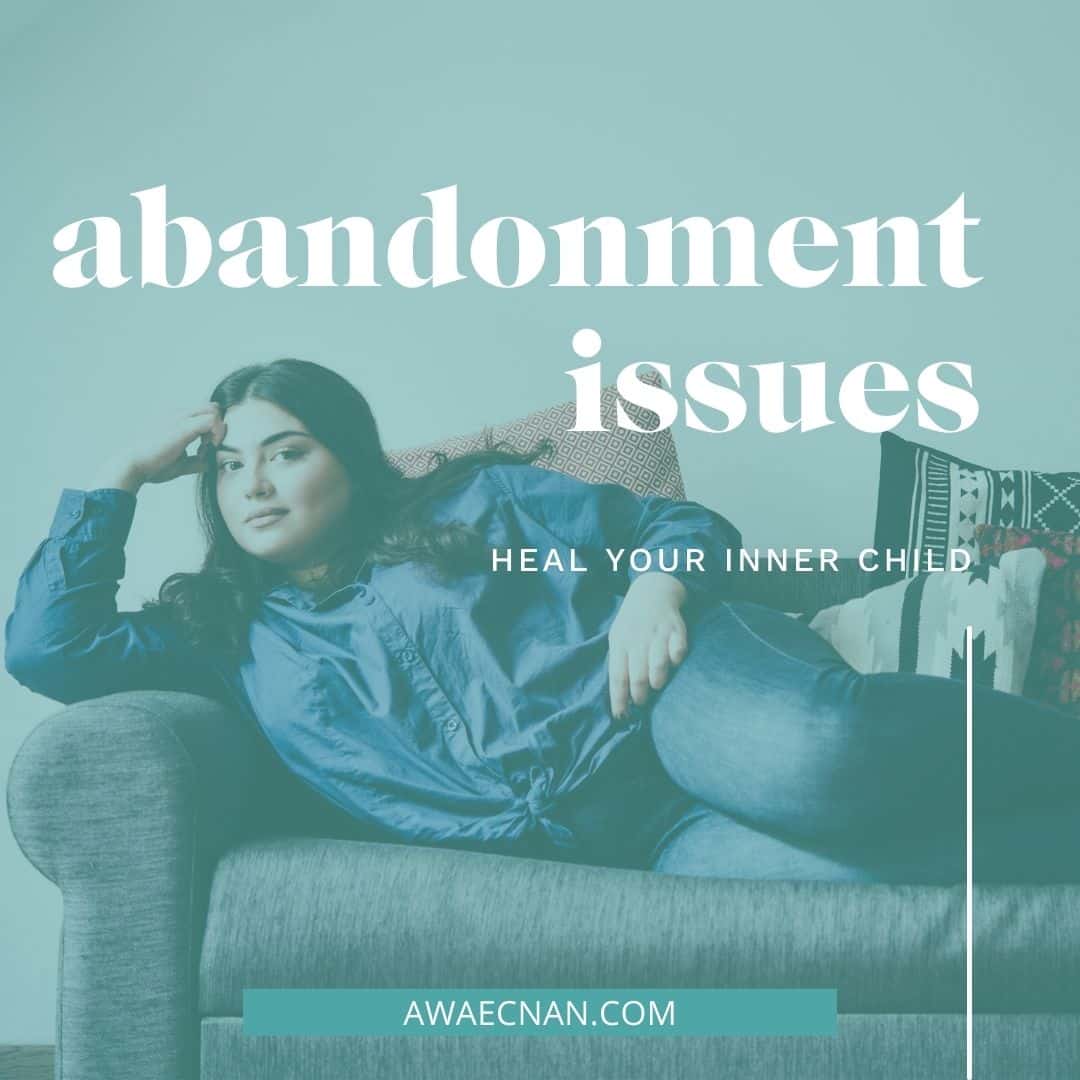
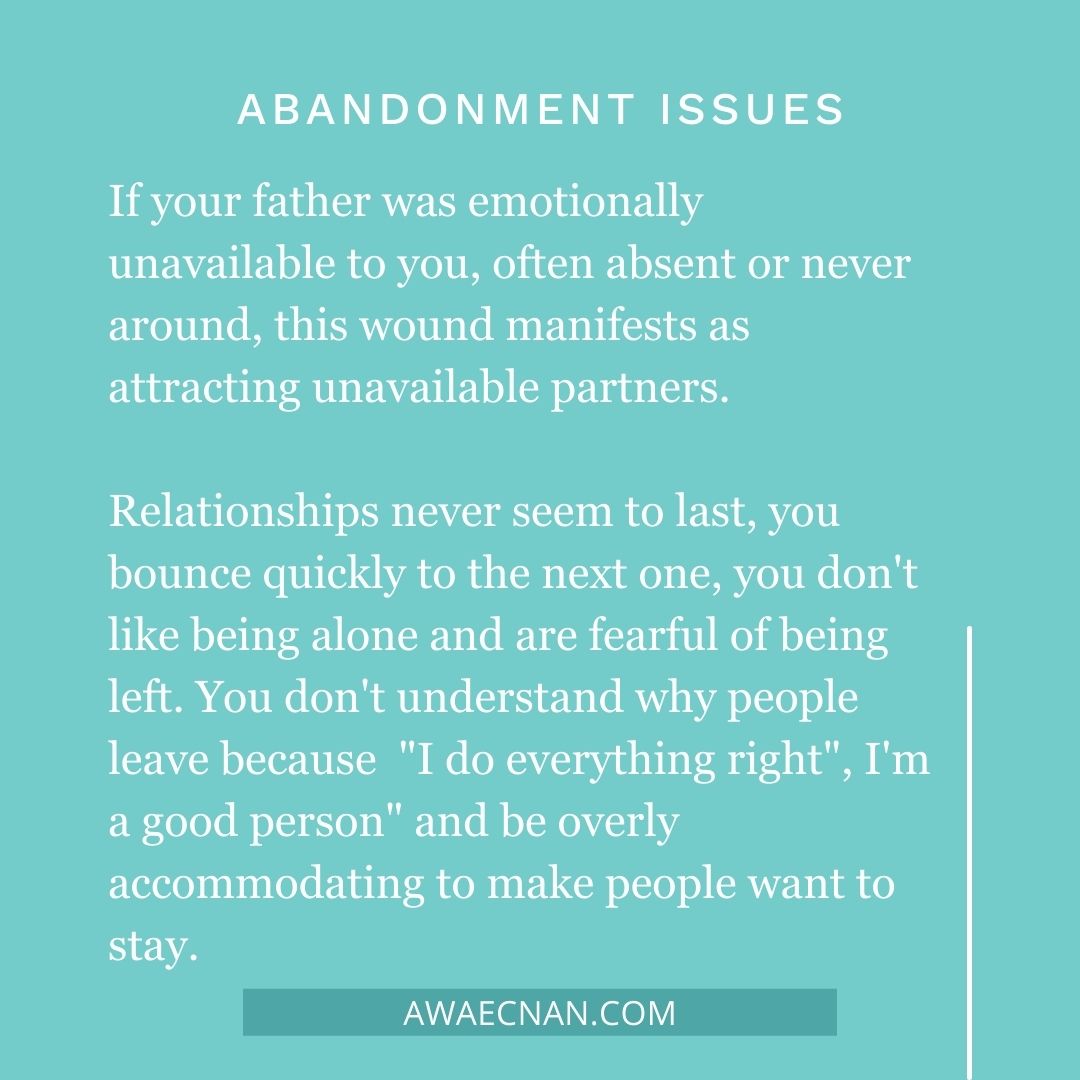
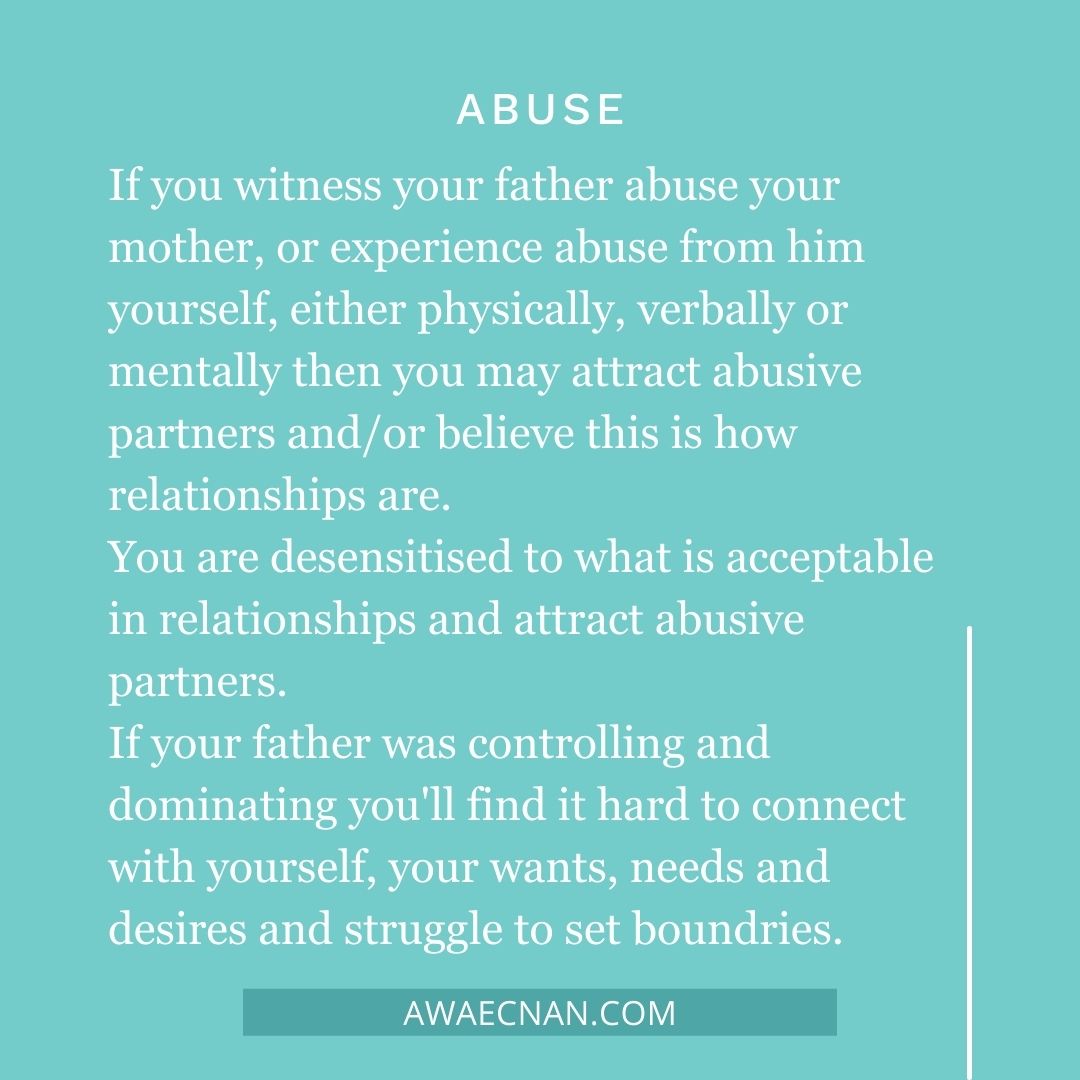
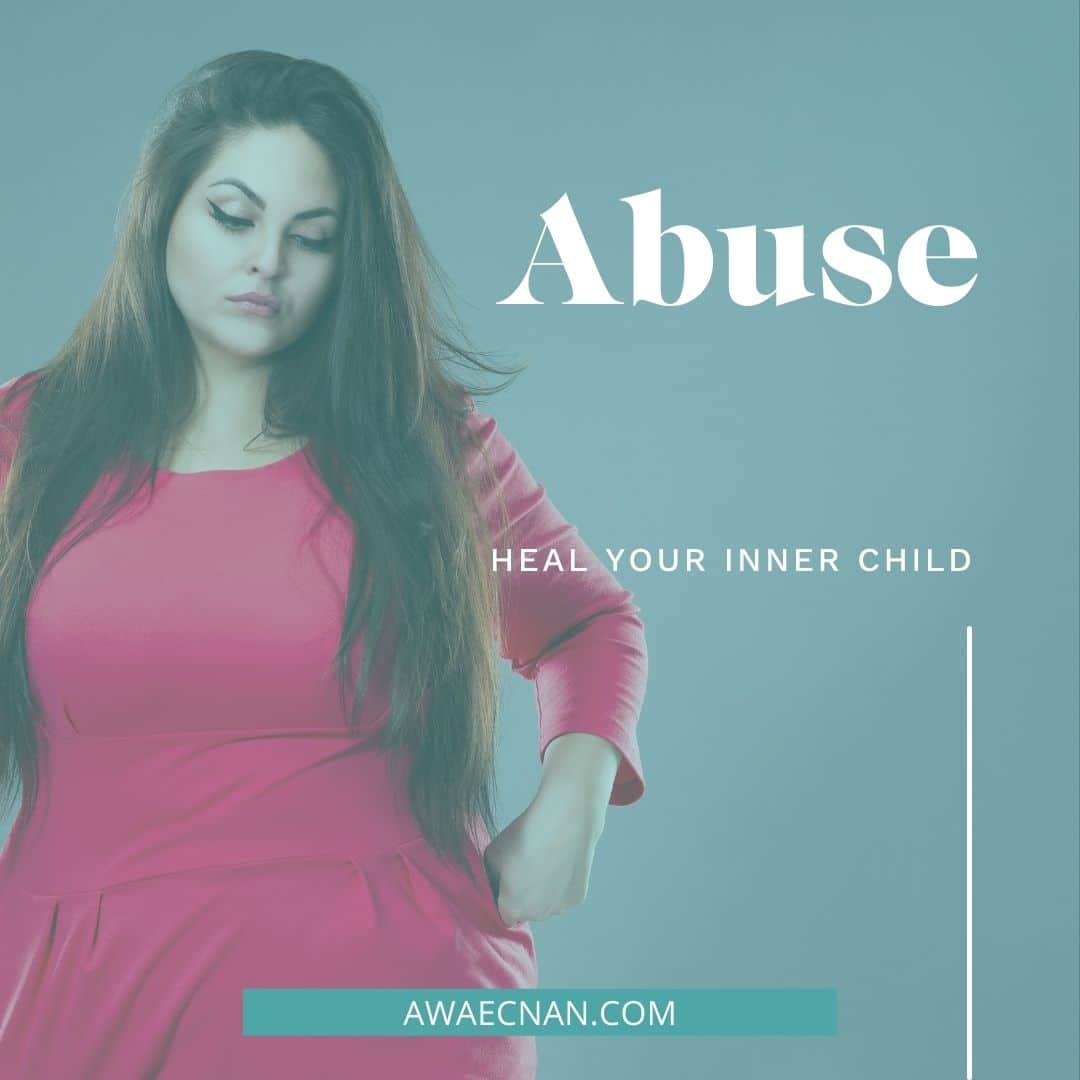
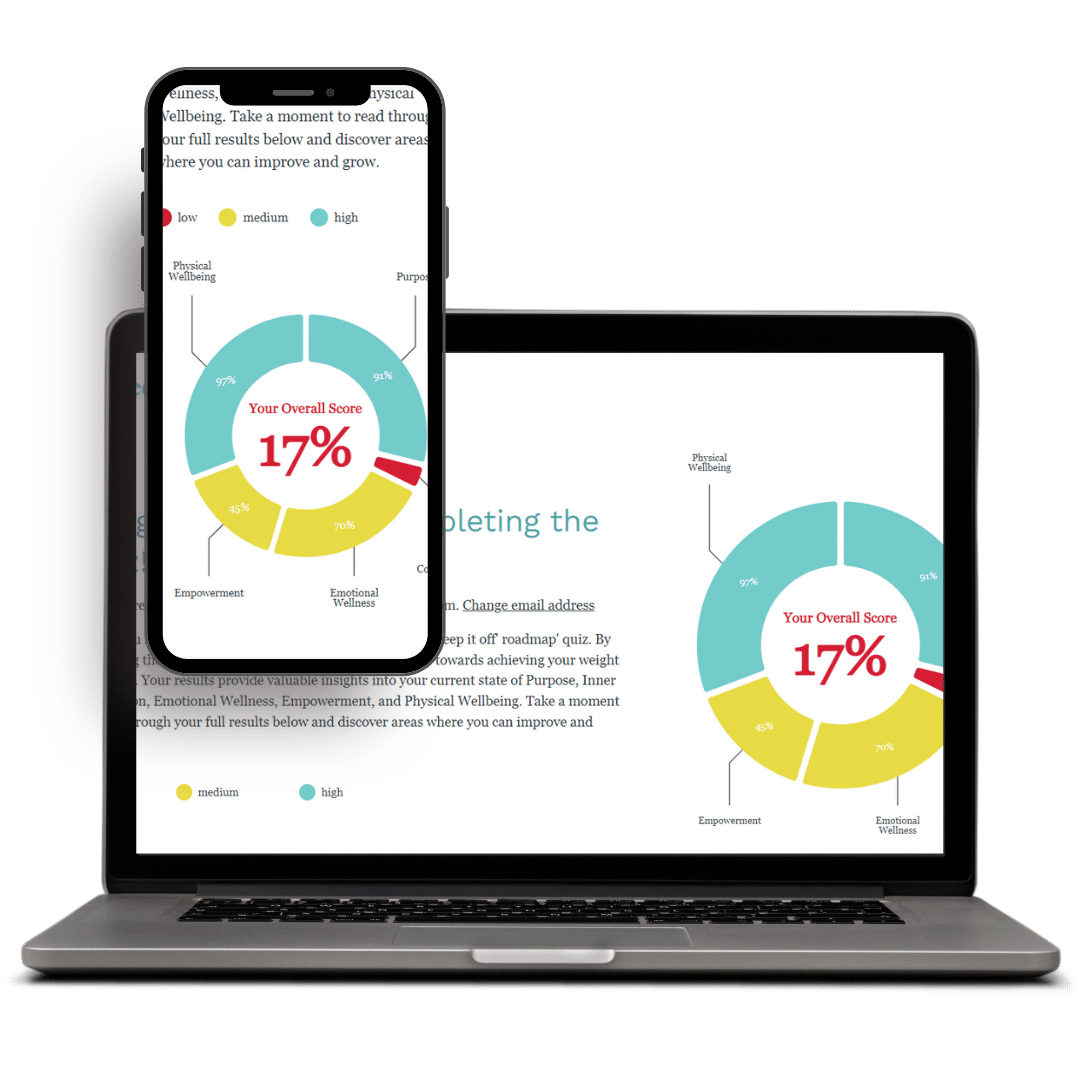
Discover Your Weight and Wellness Score
…and discover the key to lasting wellness.
The Keep it Off Scorecard benchmarks your ability to make lasting changes, lose weight naturally and keep it off. If you to love your life, love who you are at your core and love food again, this tool will identify your baseline.
Take this scorecard and find out how ready you are to Keep It Off – and receive a report that’ll tell you what to work on to make it happen.
Hypnosis for your inner child
Hypnosis helps us heal the root cause and unconscious beliefs, habits and behaviours that we consciously are not aware of. All we just know is we sabotage, can’t stick to the goals we want, lose weight and keep it off, and how we feel about ourselves but we can’t seem to change and don’t know why.
Hypnotherapy heals where conventional methods fail because hypnosis methods are focused on the part of the brain responsible for storing our habits, behaviour and beliefs, the ones that cause the relations, and responses we don’t want and can access these responses, reframe, heal and release anything that no longer serves a purpose or is helpful to you all while retraining the brain to refocus on all the positive things you love and want in life, with new healthy habits and behaviours that align with your core values.
Try one of the hypnosis sessions on Youtube or download your very own session to keep.
Inner Child Connection
Now you have the basics and a better understanding of your inner, wounded, and outer child.
But how do you start your healing journey, what do you do?
The first step is to head over to our private Facebook group guides and download the free inner child workbook. Use the worksheet as you read through the rest of this article and start reconnecting with your inner child.
Find out what it wants, how to listen to and nurture your inner child, understand why this work is important and then move on to reparenting the child.
Why it’s important to connect
When you connect to your inner child you find new insight and understanding about yourself that allows you to heal on a deeper level.
When we are children what we want most is to connect with those around us, and be noticed, loved and cared for. But sometimes the wounds of the child are painful so the adult may ignore or not want to connect with the inner child which may cause some resistance.
But to heal you need to be self-aware, know what behaviours stem from your childhood, work out what your child wants and then go through the process of healing, growing, and understanding why you do what you do so you can change your unwanted responses then love and accept that part of you.
What does the inner child want?
Generally, the inner child wants to be listened to, cared for, loved and accepted. But your inner child’s wounds are different from someone else, each person’s experience is different.
One of the ways to find out what your inner child wants is to ask. At first, you may guess what your child wants but as you do the work you will uncover deeper wants then you can explore ways to honour what the child wants while understanding what it needs and from there you can grow and bond.
What is the unfinished business of the inner child
The unfinished business of the inner child is all the things the child was unable to do or have.
If you were told for example crying is weak, keep a stiff upper lip, got in trouble if you express your frustrations, maybe your unfinished business might be expressing feelings like anger or sadness.
If you had a strict parent, your unfinished business might be things like playing, laughing and being silly, letting go and being free.
If you had to behave when you were out and felt like you have to pretend to be someone you’re not, maybe you have trouble being yourself around others.’
Maybe money or food was scarce, and you missed out on that favourite toy you always wanted. Or music lessons, sports equipment, lessons, clothes or trendy clothes, chocolate, biscuits or ice cream were special treats.
What did your child miss out on growing up, what is something that you’ve always wanted to do but circumstances wouldn’t allow it to happen?
MINDSET
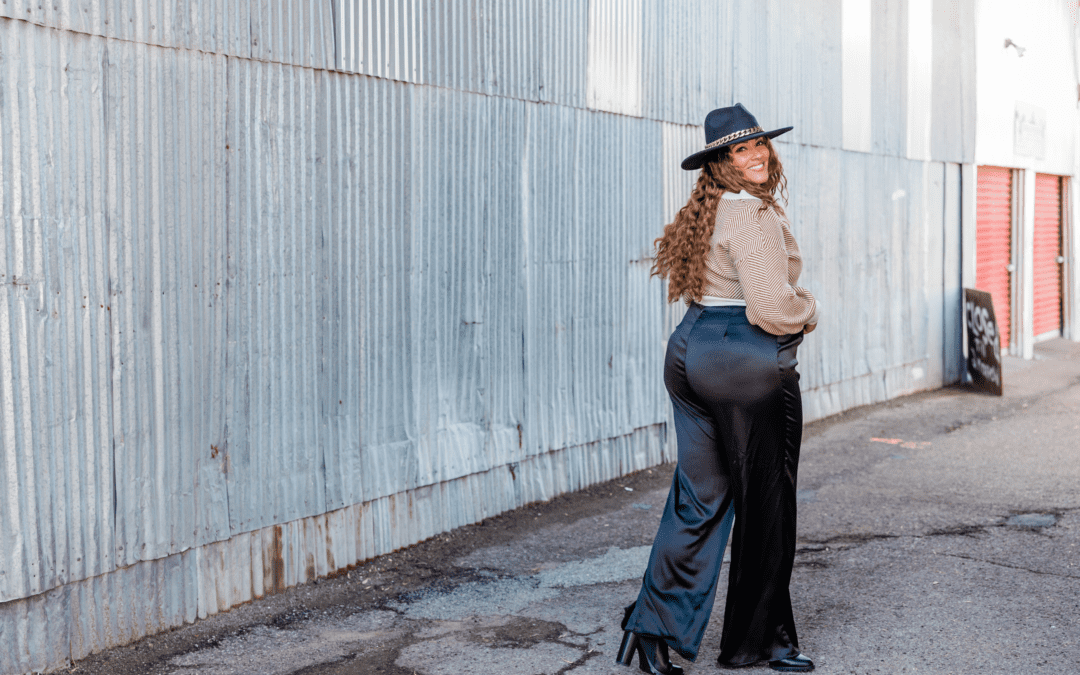
Why You Self-Sabotage Your Weight Loss Goals
10-MINUTE...
WEIGHT LOSS HYPNOTHERAPY
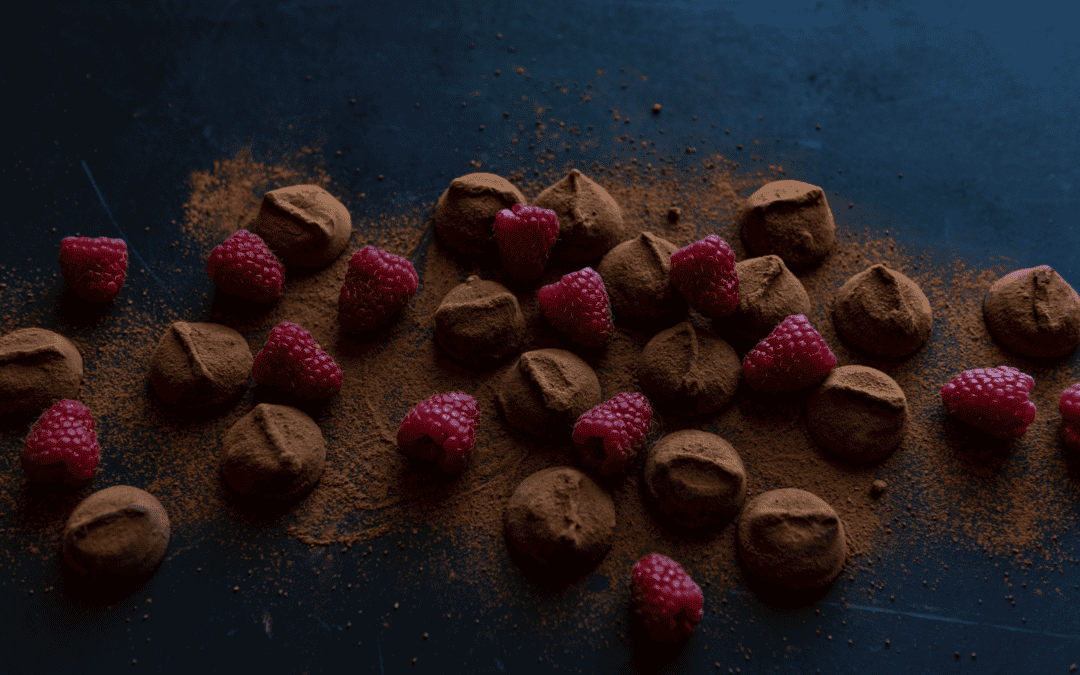
Resist Eating Chocolate Hypnosis
Hypnotherapy Session...
NUTRITION

Moist and Light Flourless Carrot Cake
Moist and Light...


